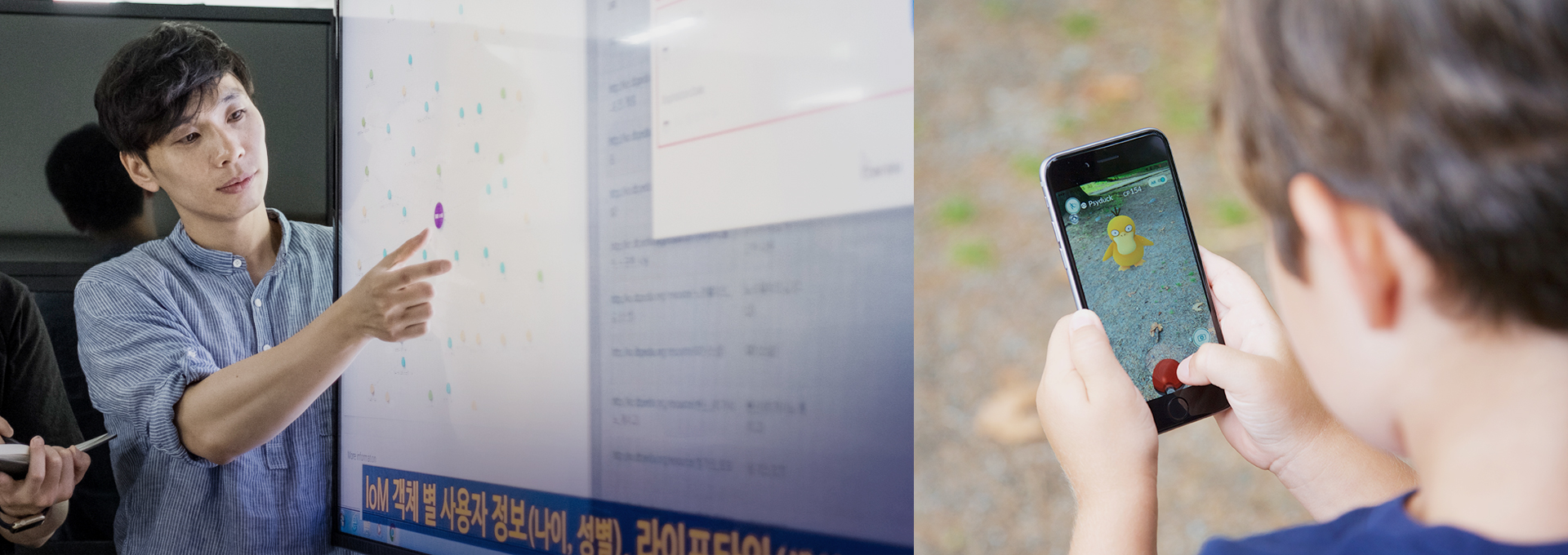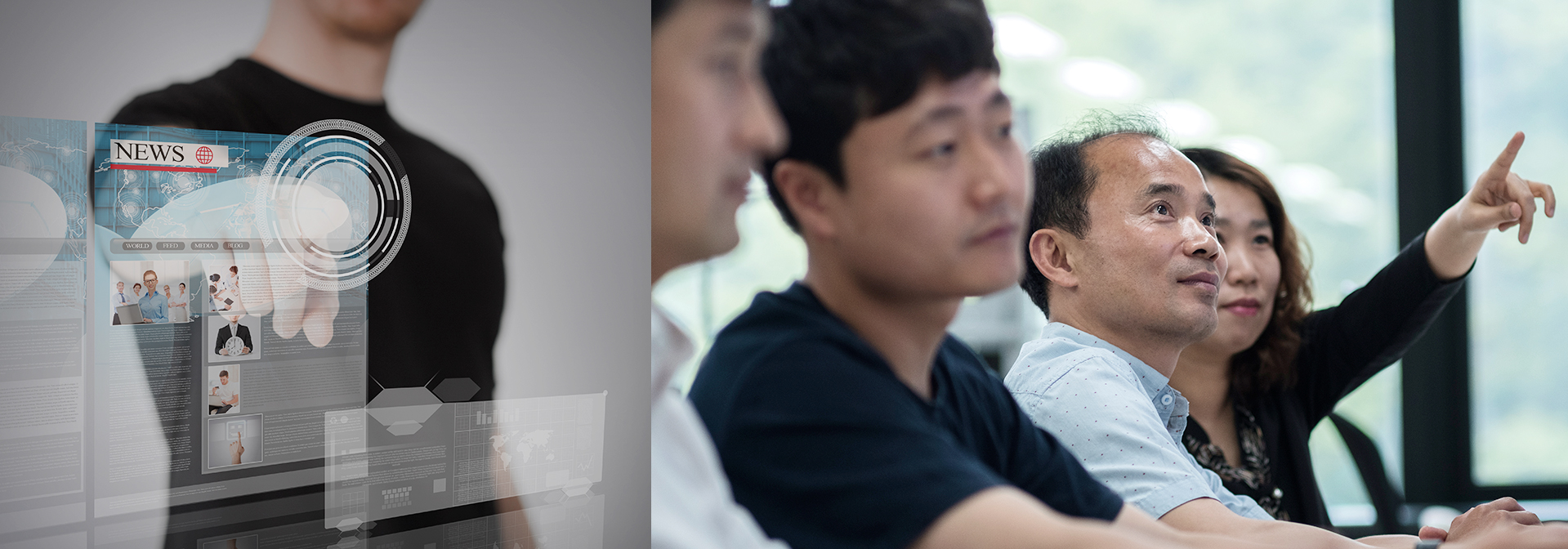

In response to broadcasting media technology relentlessly extending its scope of applications, the Broadcasting and Media Research Laboratory aims to make overall technology use and application more reliable in broader areas. As a technology leader in the broadcasting industry, aside from efficient transmission of broadcasting media, the laboratory is pushing ahead with the establishment of media platforms to provide video and sound services, unmanned vehicle services, and user-oriented value-added services and knowledge. These media platforms, when established, will promote public safety going forward.
01
Technology Opening New Chapter of Extended IoT Era
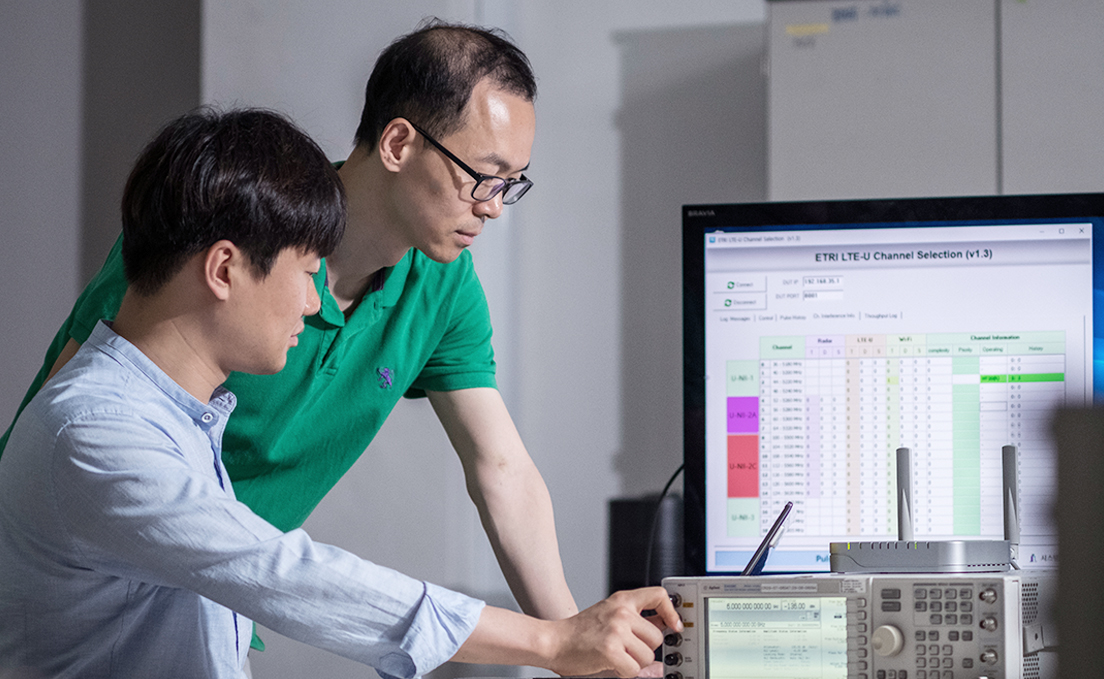
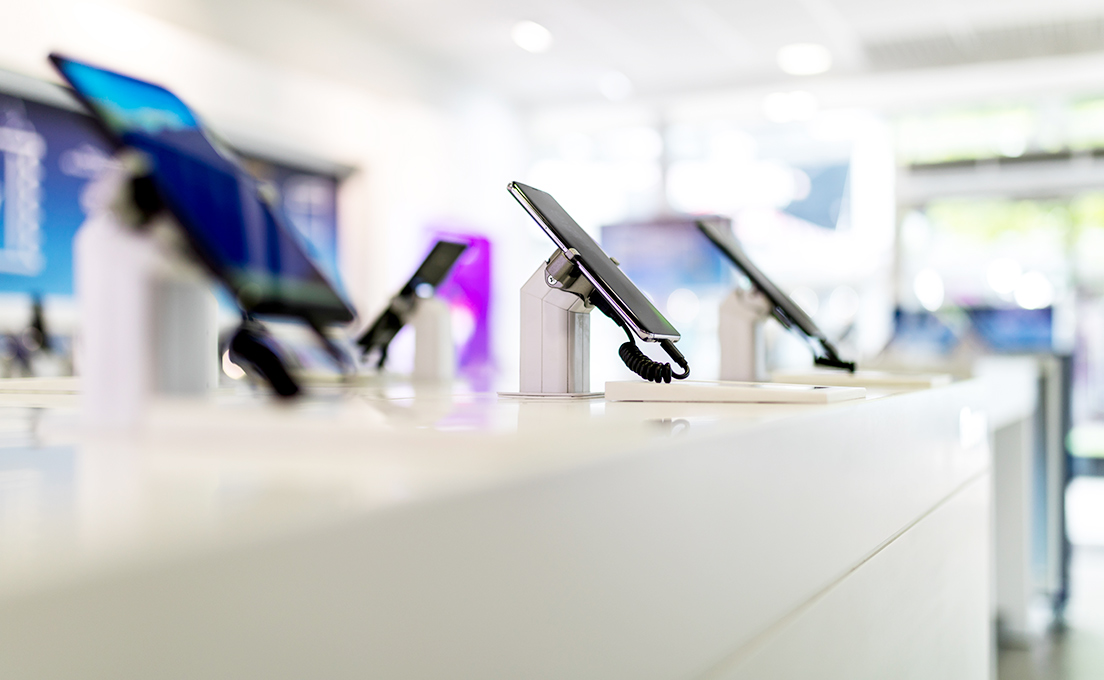
Since 2010, with increases in the use of smart devices combined with advances in mobile communications technology, mobile traffic has soared. Naturally, many countries have been competing to occupy frequency bands ahead of others. Given the nature of frequency resources, however, it is never easy for one to identify and supply new and suitable frequency bands. In the meantime, the recent emergence of the IoT has been drawing significant attention to the concept of frequency sharing, which aims to improve the efficiency of frequency use. The Radio & Satellite Research Division of the laboratory is currently developing high-quality, ultra-low-cost technology capable of providing the general public with wireless data and IoT services even in unlicensed frequency bands. This technology, called Free Band, facilitates frequency sharing, thereby making greater frequency resources available. It improves the use of limited frequency resources and thus provides high-quality, ultra-low-cost wireless data and IoT services even in unlicensed frequency bands. It can also be used to help establish an IoT-based social safety net in unlicensed frequency bands, as well as to address safety problems of socially unprivileged people. The application of the technology will promote the provision of IoT services, facilitate data collection, and thus effectively address the digital divide, which severely afflicts the information poor.
Kyu-Min Kang, a project leader from the Radio & Satellite Research Division, said “We intend to provide free bands with 6.6-GHz bandwidth in attempts to boost the new ICT industry, and these efforts will lead to the promotion of various products and services, such as mobile backhauls, ultra-high-speed transmission of large-scale videos, medical imaging diagnosis, and security check applications.”
02
Creating a Reliable Media Environment
The laboratory is also dedicated to finding ways to improve the soundness of today’s broadcasting and media environment. These days, one of the leading concerns among parents is their children spending too much time on their smartphones. To be sure, the smartphone is a necessary tool of communication, especially in cases of need for urgent contact, and it also serves as an effective learning tool. It comes, however, with risks. For example, children spend too much time playing video games on smartphones and often come under the risk of being exposed to harmful media content. As it stands, parents have every reason to be worried. To address this problem, the laboratory aims to develop and advance Trust Media Technology, an AI-based solution capable of automatically eliminating illegal and harmful media content. This technology involves AI learning, which extracts knowledge from various media content and detects those considered harmful to users based on its accumulated knowledge. The laboratory is committed to achieving an accuracy of 99% in harmful content detection. The world’s highest accuracy level is now 98.6%. Going forward, researchers are also planning to develop technology to spot fake news, and technology to predict sudden, unexpected behavior in personal broadcasting. Nam Kyung Lee, a project leader from the Smart Media Research Group said, “We hope that this technology will contribute to creating a more reliable media environment. Furthermore, it will effectively promote reliable, personalized media services and relevant industries.”
03
Multicopter for Disaster Response and Public Safety
Applications as Third Eye

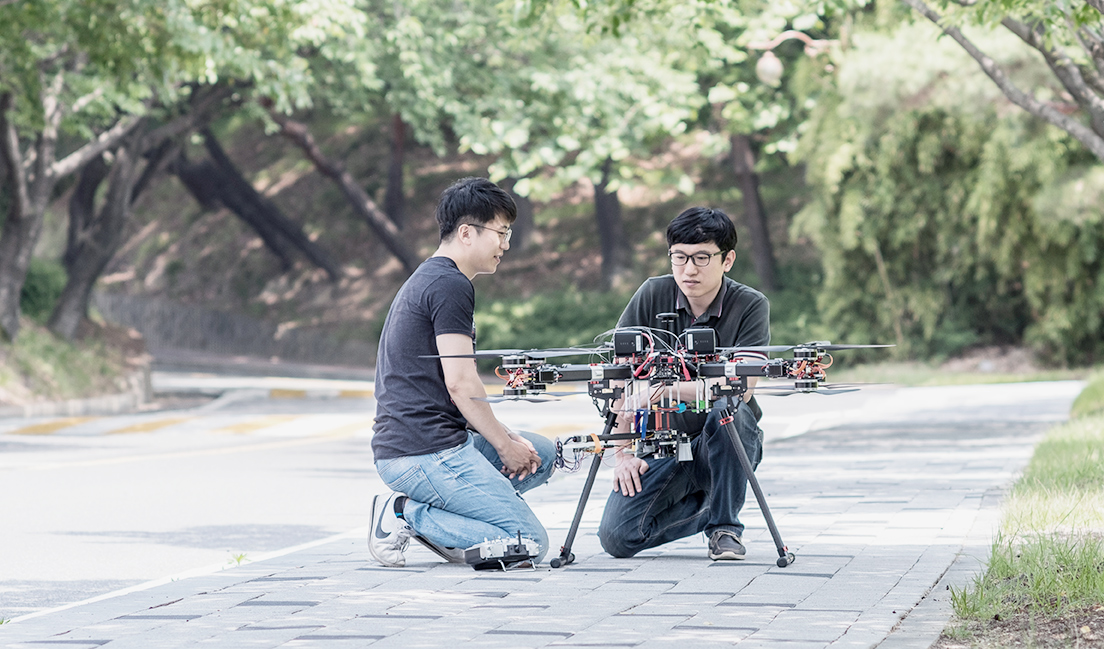
The laboratory is also focusing its research efforts on applying advanced communications technology combined with safe navigation technology to unmanned aerial vehicles (UAVs) intended for disaster response and public safety applications. As part of these efforts, research is underway to develop an algorithm allowing multiple vehicles to communicate with one another and thus more effectively respond to given conditions; this will be done specifically by establishing UAV-related software, as well as an integrated modem for UAV control and mission-critical applications in the C band spectrum. As part of common basic technologies, these multicopters will be directly employed by government agencies, including the police, coast guard, and firefighting departments, in cases of disaster; commercialization is scheduled for May of 2020. This effort will help us be able to respond to various disasters and public safety threats in a swifter and more multifaceted manner, thereby making life safer and happier. Yong-Min Lee, a project leader from the Autonomous Unmanned Vehicle Research Division, said, “Future commercialization of communications and safe navigation technologies for small-sized drones will significantly contribute to making our world safer, more secure, and happier. I am confident that these drones will serve as third eyes, protecting us all the time on land, in the sky, and on the sea.”
04
Providing Access to More Reliable Weather Forecast


Blind trust in weather forecast sometimes can land us in big trouble. That is to say; you could end up being completely soaked with rain despite your trust. ETRI has also been carrying out research to improve the accuracy of weather forecasting. ETRI researchers have established a new ground segment to serve the Chollian-2A Satellite, a geostationary weather satellite, which will be shortly launched into space. The new ground system is designed to receive, process, analyze, and manage weather-related information transmitted from the satellite. Through these procedures, the system is capable of estimating satellite-based cloud data, or providing more accurate weather forecasts by using analytical methods customized to the Korean Peninsula.
These more reliable weather forecasts will improve the quality of life and further enable us to respond to national disasters. Soon, these technologies will help us enjoy much more reliable rainfall probability forecasting. With its cutting-edge technology, ETRI is joining hands in efforts to achieve world-level weather forecast and weather analysis systems.
The Broadcasting and Media Research Laboratory is also pushing ahead with the development of realistic future broadcasting media technology. The laboratory aims to lead the way in ultra-realistic space media technology. With this technology in place, viewers will be able to have control over broadcasting settings, such as camera angles or their distance from characters, instead of being given a specific screen that is unilaterally set. If further combined with advanced sound technology, ultra-realistic space media technology will help blur the boundaries between physical reality and virtual reality.
Soo In Lee, Director of the Broadcasting and Media Research Laboratory, said, “Our goal is to develop broadcasting and media technologies that ensure universality but that at the same time improve the quality of life for the general public. We will do our utmost to provide more reliable and realistic media content and further lead the way not only in the domestic media market but also in the global market.”






